Pile fabrics are fabrics with a napped surface on the face. There are different types of pile fabrics, the most well-known being velvet, velour, chenille, alcantara, pile silk, felt and pile wool, but all of them are made up of cut or uncut piles of varying lengths and other characteristics.
Types of Pile Fabrics
There are many types of fleecy fabrics. Below in the article is a description of the most common ones.
Velvet
Velvet fabric, the front side of which is covered with a soft pile 5 mm long. Both natural materials (cotton, wool, silk, viscose) and synthetics (polyester thread) are used as a base for the pile. Velvet is a fairly heavy and thick fabric with pile. The fabric is pleasant to the touch, has a rich color and shimmers when exposed to light and in folds. The high price is due to the complexity of manufacturing this fabric. Over time, the fabric stretches.
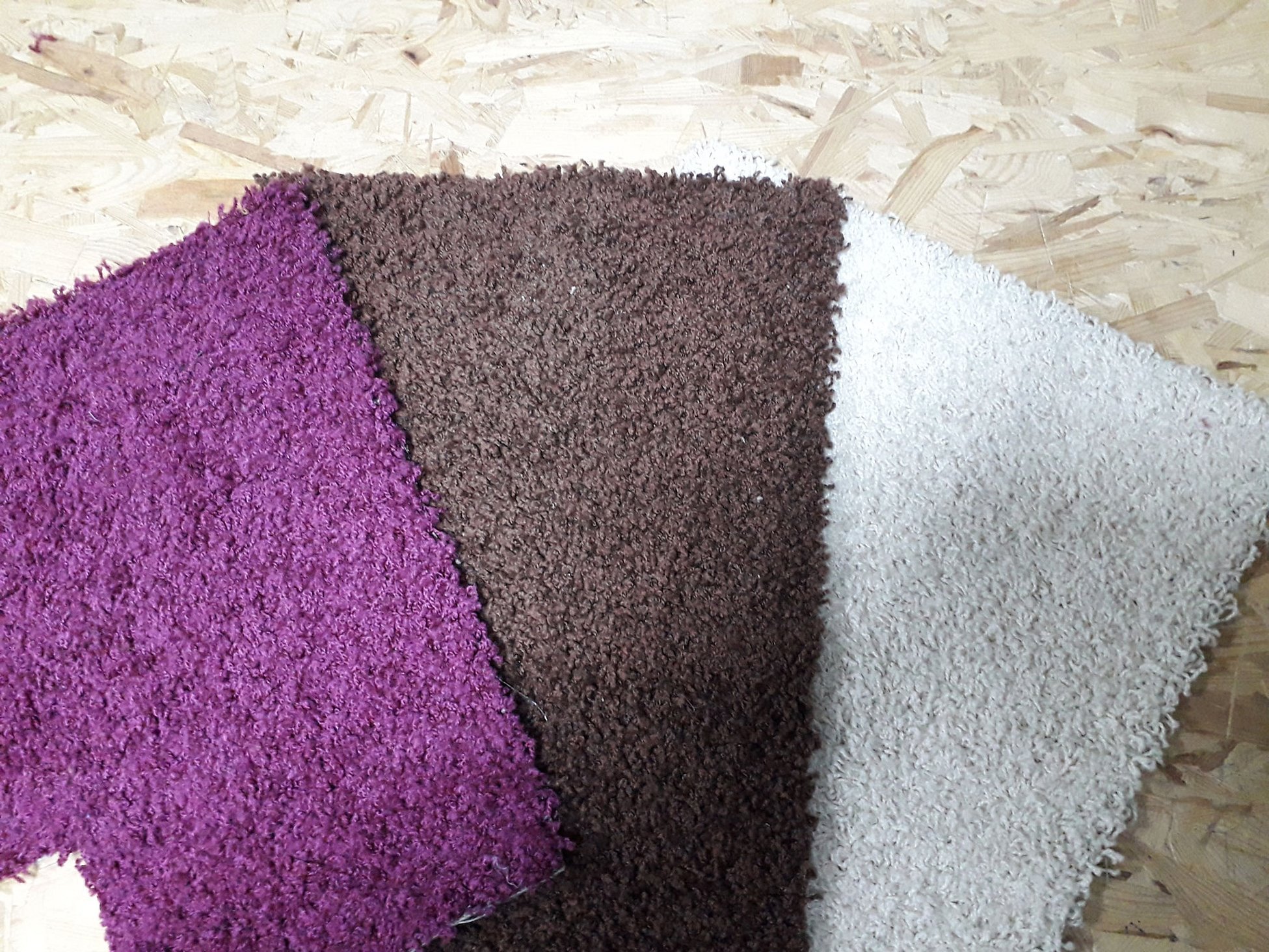
The material tends to crumble, so velvet items are sewn with a minimum number of seams. There are also difficulties in care. In order for velvet items to last as long as possible and retain their beauty, you need to know the following rules: wash with gel at a temperature of no more than 40 ° in a delicate mode, dry horizontally, iron not completely dried fabric from the inside, using a steamer, store velvet clothes on hangers.
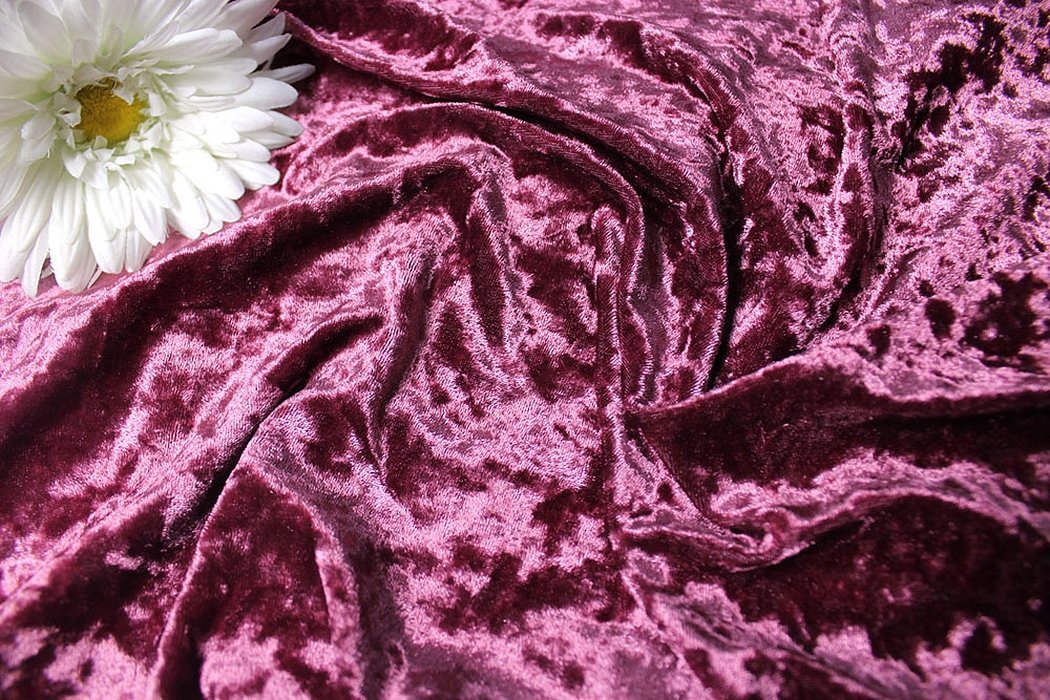
What is made from velvet: clothing, additional elements of a costume, light footwear (shoes), curtains for the theater, children's toys, upholstery for furniture and for car interiors.
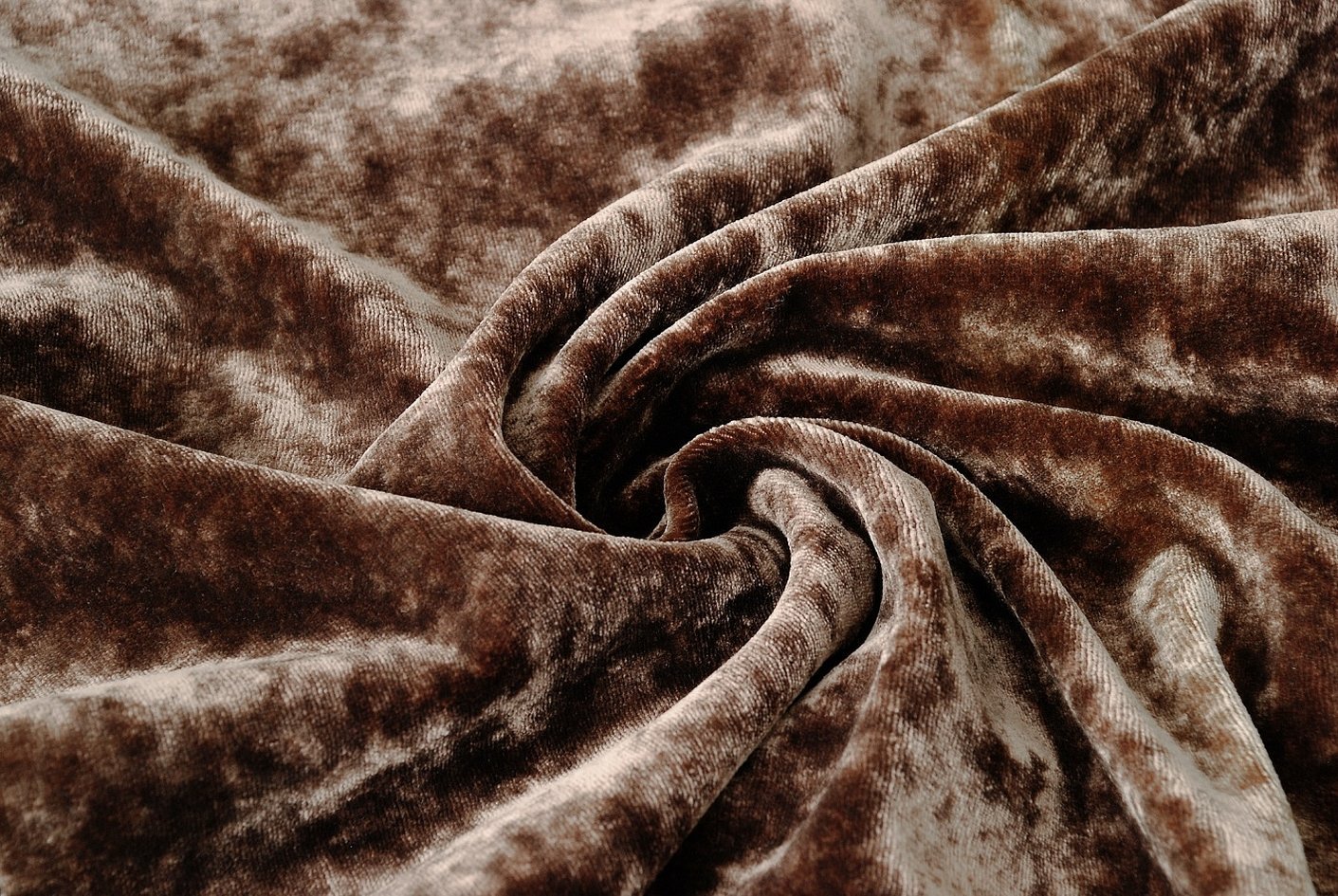
Velours
Velour is a material made from natural fibers (cotton, wool, silk), the length of the pile is 3-7 mm. Due to the addition of other materials, there are varieties of velour: yarn, fur, leather, artificial, drape, cotton and wool, microliner. It does not wrinkle, drapes well, leaves marks from touching, is able to absorb and pass water, in cold weather it retains heat well, and in hot weather it conducts air. It is made in two ways: double-weave and rod. Velour is softer, more comfortable to wear, easier to care for and produce than velvet.
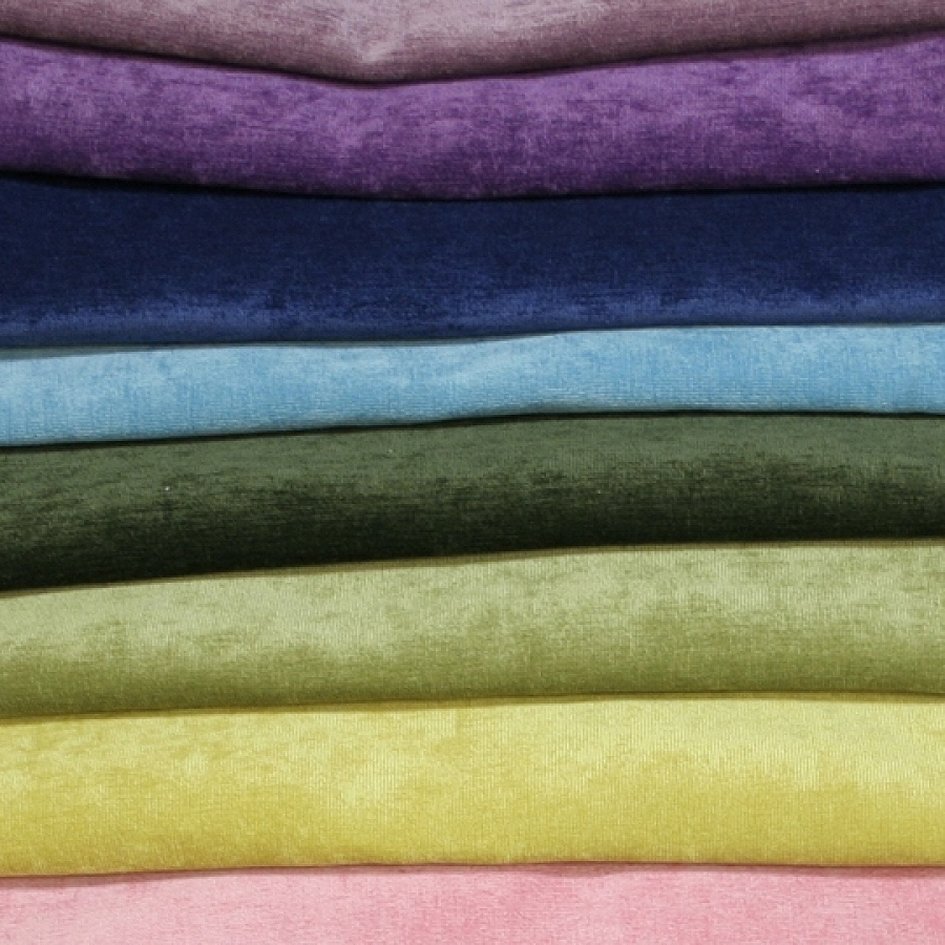
But the pile can curl, which affects the appearance, and velour is a dust collector, so it is important to know about care: before washing, remove dust from the product with a brush, machine wash at a temperature not exceeding 30 ° in a delicate mode, turning off the spin, dry naturally without direct sunlight in a horizontal or vertical position, straightening out the folds, iron from the inside out.
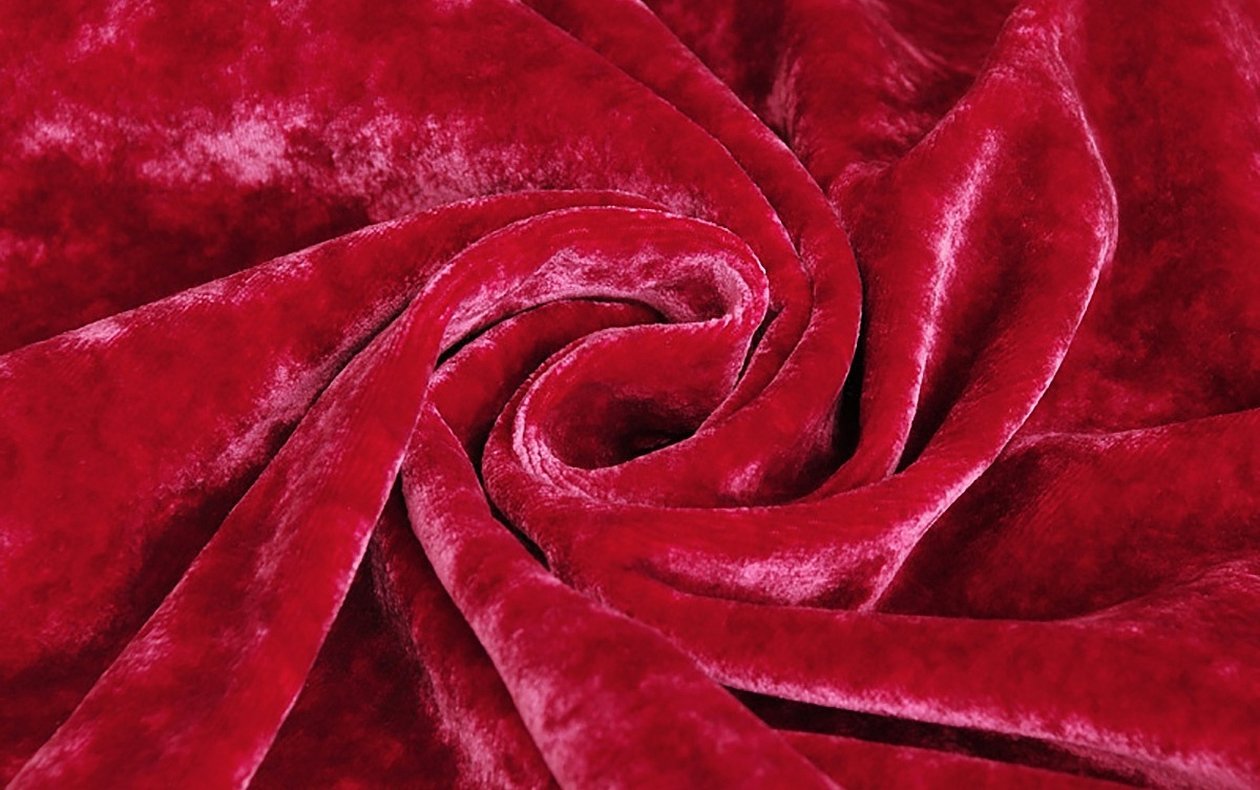
What is made from velour: clothing, footwear, accessories, interior items, car covers.
Chenille
This material is made by weaving a combed thread into the main smooth thread. Materials such as cotton, acrylic, artificial viscose and polyester are used.
Chenille fabrics are divided into: glued and woven (more expensive).
Does not change shape from water, but can change from high temperatures. Stretches well, does not form creases, retains color. Chenille types have a rich color palette. More pleasant to the touch, stronger, cheaper and better preserved than velor. Prone to snags and quick contamination, poorly draped, stains remain from random drops of water.
Additional information! To remove a stain, apply a soap solution to the desired area and vacuum it after it dries.

What is chenille made of: furniture upholstery, curtains, blankets, wall coverings.
Alcantara
Alcantara is a fleecy fabric made from ultra-microfiber, artificial fibers (polyester and polyurethane). This fabric was discovered relatively recently. The fabric is similar in properties to suede, so another name for Alcantara is artificial suede.
Alcantara stretches well, is soft and velvety to the touch, is practically not affected by external factors, retaining its shape and color. It is easy to work with and maintain. It is cheaper and has better thermal regulation than genuine leather.
Please note! First, the Alcantara product should be cleaned with a brush and then with a damp cloth. If necessary, the fabric can be machine washed at 30°, and in case of contamination, cleaned with ethyl or methyl alcohol.

What is Alcantara made of: mainly fluffy car interiors, but also clothing, shoes, furniture, ribbed interior trim, toys.
Silk with pile
Panne velvet is a material consisting of pile (viscose) and silk.
This fabric is durable, stretches well, retains its shape, absorbs water, has high thermal regulation and is durable. But it is capricious in care. With each wash, the silk product shrinks by 5%.
Important! Machine wash the product at a temperature not exceeding 30° in a delicate mode, do not wring, remove water by rolling it up, then hang it on your shoulders and dry it naturally without exposure to sunlight. If folds have formed, you need to use a steamer.
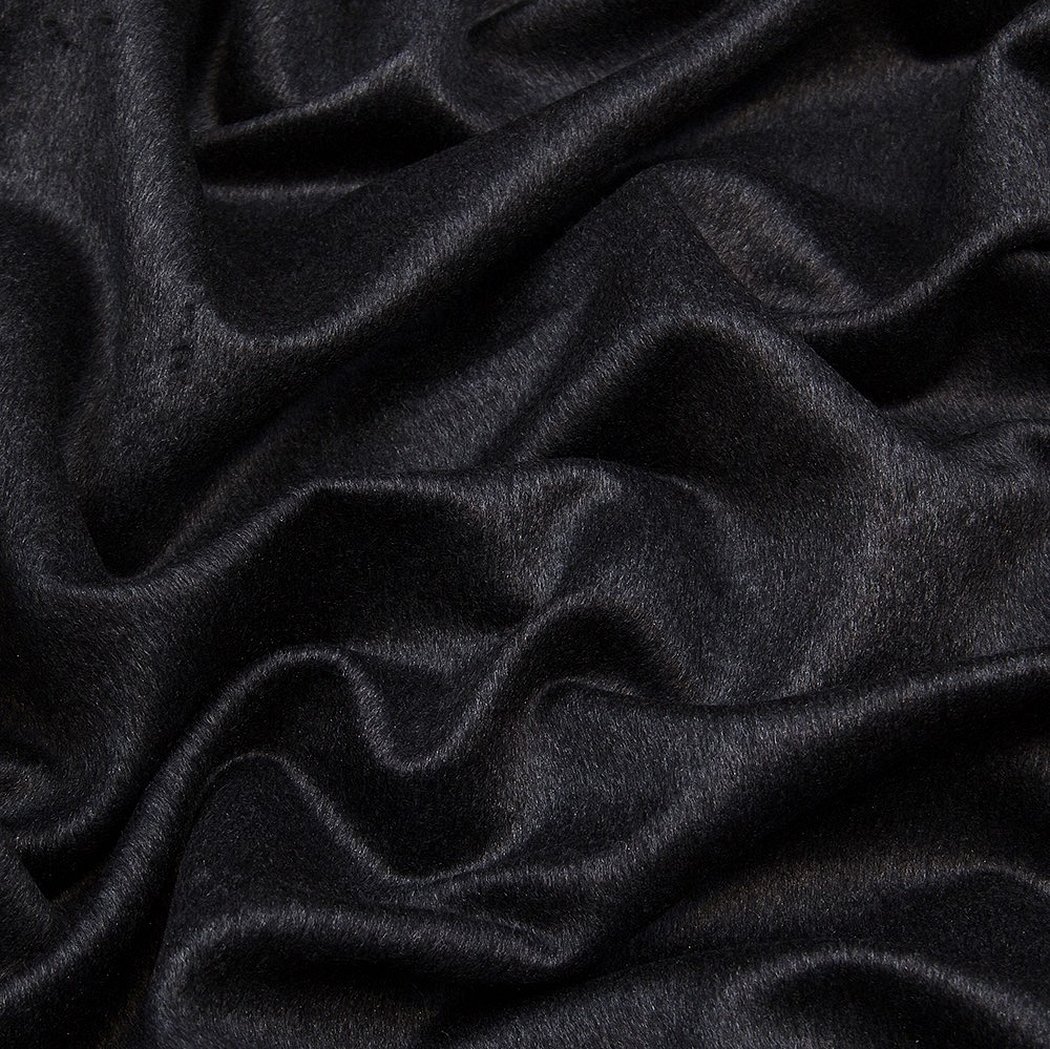
What is silk made of: clothing, jewelry, used for handicrafts, bed linen and underwear, tablecloths, curtains.
Felt
Felt is produced by dry felting and produces dense cloth with pile. The fabric is made from wool, down with the addition of artificial fibers. Felt with a short, thick and soft pile is characterized by durability, ease of work (the cut does not crumble and does not need to be processed). There are many different types of felt by thickness and color. The main disadvantage of the fabric is its inability to hold its shape.
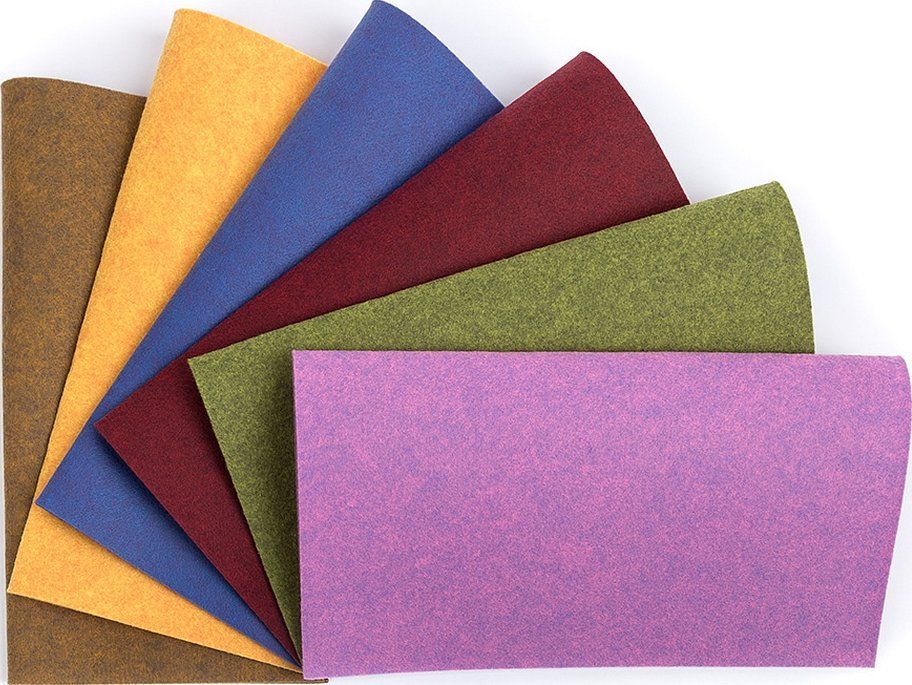
For felt products, dry cleaning with a brush or roller is suitable.
What is made from felt: fakes, toys, clothes, filters,
Woolen fabric with pile
Ratine is a woolen pile fabric made from natural fibers (wool of sheep, goats, camels, rabbits, llamas) with a weave of twill threads. Ratine perfectly retains heat, allows air to pass through, absorbs moisture, does not wrinkle easily, is flexible, retains shape, is environmentally friendly, does not retain odors, and is easy to work with.

Wash by hand or in a machine on a delicate cycle at a temperature of no more than 30°, dry horizontally naturally. If it is necessary to smooth out creases and folds, then you need to iron with an iron set to the steam mode.
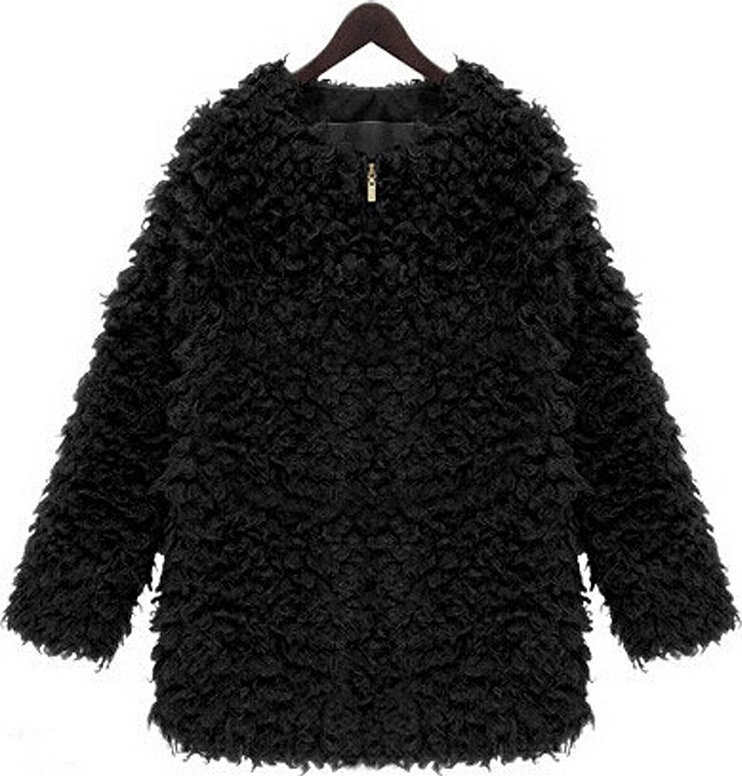
What is made from wool with pile: clothes, coats, shoes, blankets, furniture upholstery, hats, accessories, children's toys.
What are such materials used for?
Thus, all types of fabric with long and short pile have the following characteristics: wrinkle resistance, soft pleasant texture, durability, wear resistance, strength, elasticity, do not lose shape.
They are used for sewing clothes, upholstery of interior items, etc. Pile fabrics require special care and careful use.
Nowadays there are many different types of materials with pile, they are easy to sew, practical and do not require special care. Any thing made of fabric looks beautiful and expensive.




